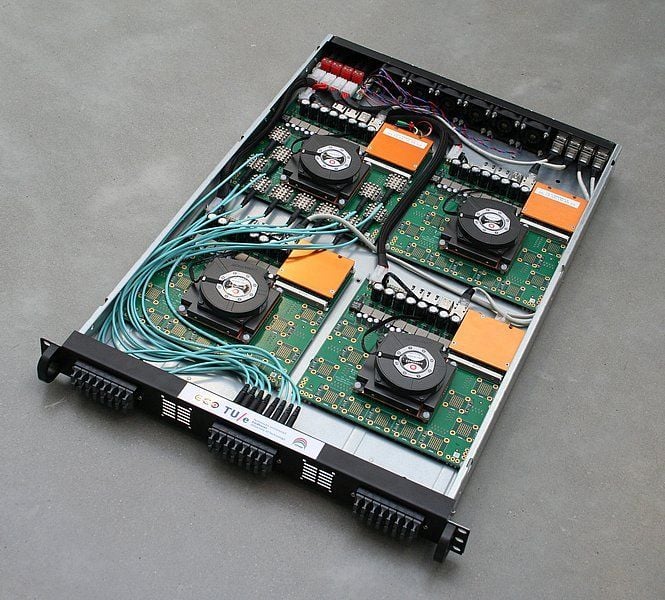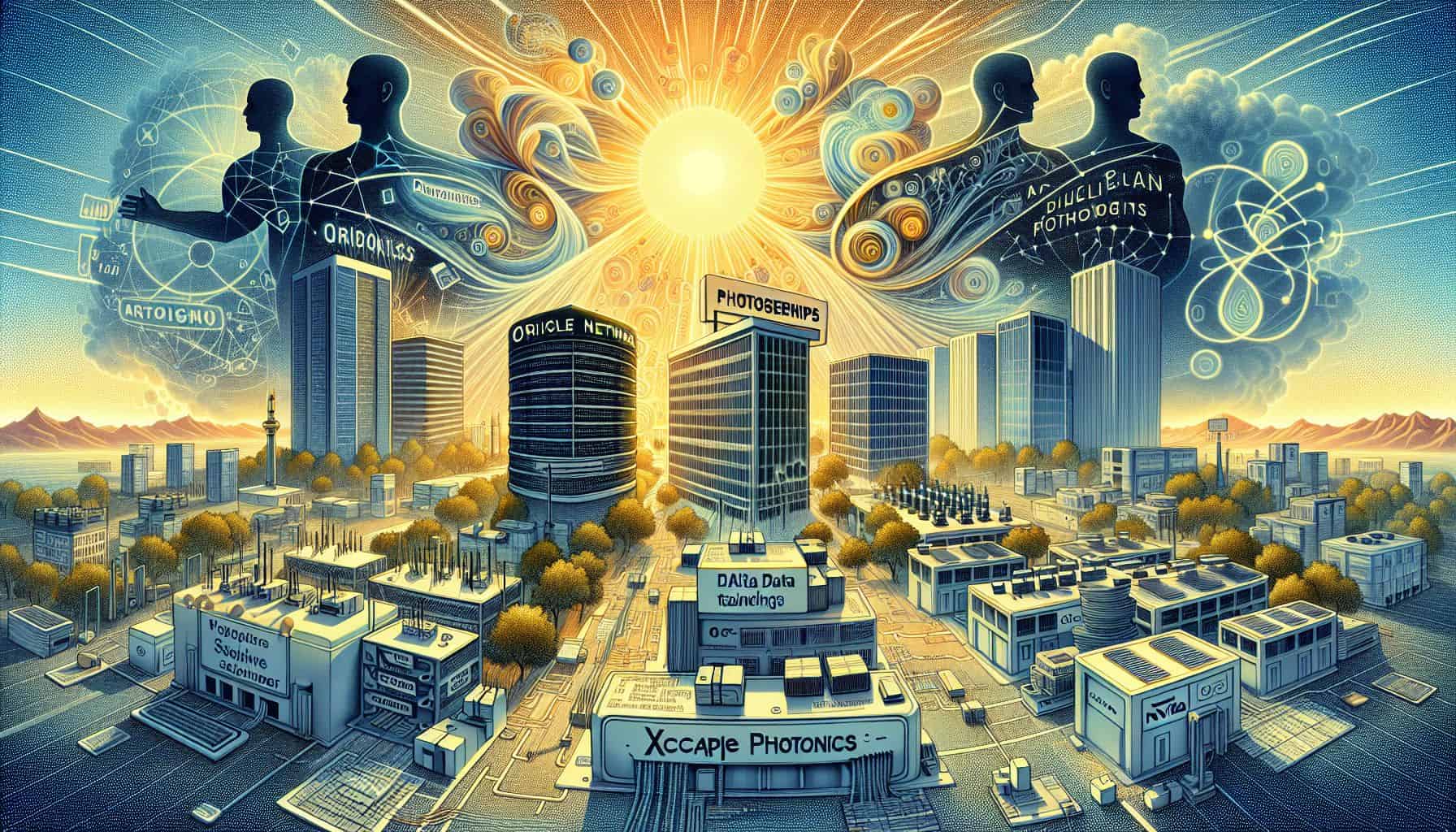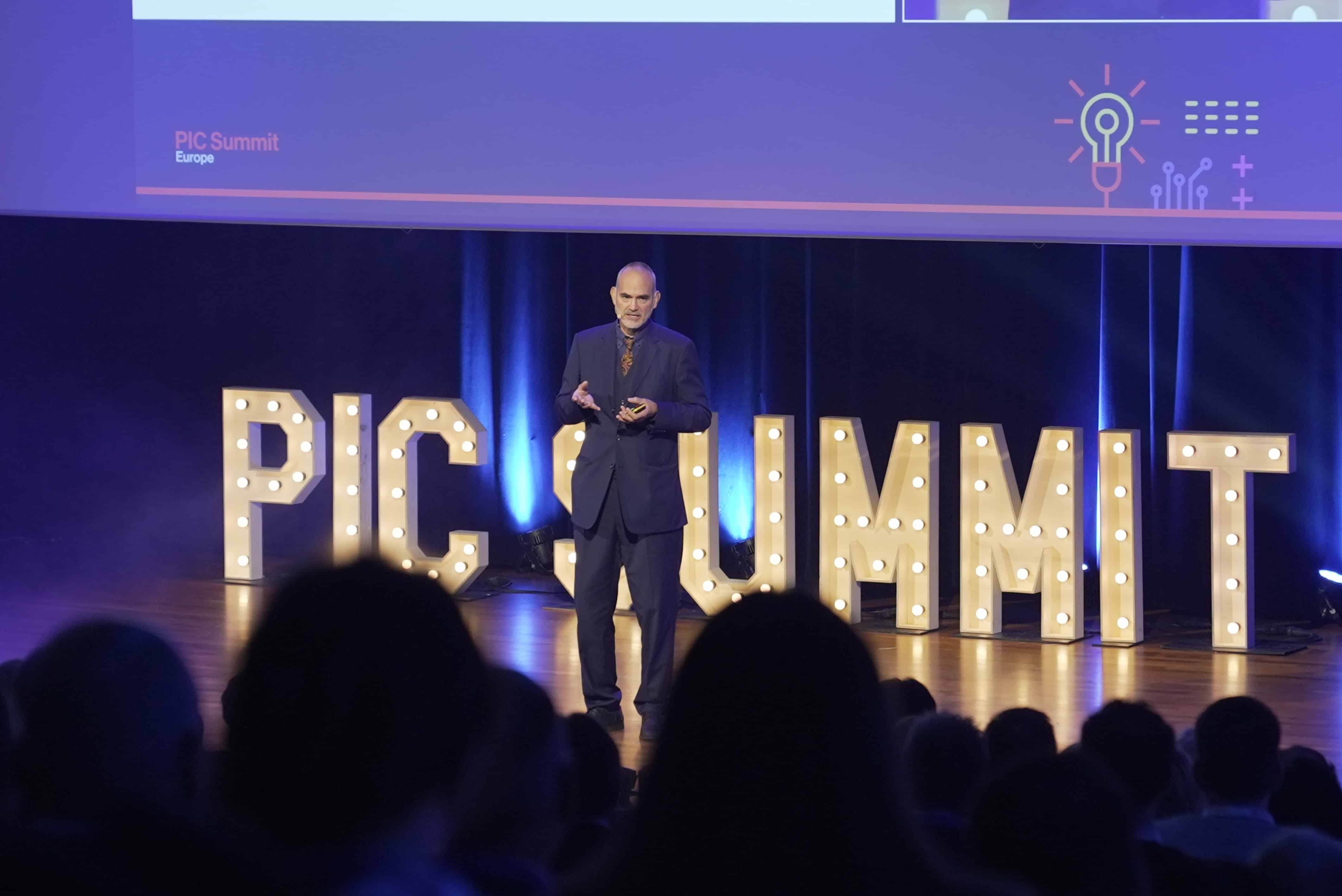
TU/e’s PhD student Gonzalo Guelbenzu: same amount of data at half the energy consumption
How can we scale-up datacenters in such a way that they can handle more data at lower cost, while consuming less energy? The answer is photonics. At the Eindhoven University of Technology, Ph.D. student Gonzalo Guelbenzu developed strategies to process the same amount of data at half the energy consumption and taking up only one quarter of the space that is currently needed.
Much more on the importance of Photonics and the way this is embedded in Eindhoven here
With the rise of cloud computing services like Facebook and Google, data centers have to process exponentially increasing amounts of information. To fulfill the need for more bandwidth, they keep adding more servers, leading to enormous datacenters which currently in The Netherlands alone consume about 2 Terawatt-hour a year: 2 percent of the total national electrical energy consumption. In the Electro-Optical Communications group of the Institute for Photonic Integration, Gonzalo Guelbenzu focused on improving the network which interconnects all of the servers inside the data center, since there most of the data traffic happens and the performance bottleneck occurs.

The information processed in data centers is transported through fast optical networks from server to server. There transceivers transform the optical data signals into electrical ones, allowing these to be stored, repackaged or otherwise be processed by electronic switches. The first thing Guelbenzu did was to shrink these switches: he demonstrated a prototype switch that can handle 4 x 128 ports, with a data throughput of 5.12 Terabits per second, making it one of the most compact switches around the world.
In his set-up, Guelbenzu can fit four switches each consuming less power on the same rack surface which now hosts only one. “This means you can process four times as much information in the same space while consuming only twice the amount of energy”, he explains. The main design choice the Ph.D. student made was to create a different type of transceiver, based on photonic integration. “Standard switching boards in a server rack have pluggable transceivers at its front panel, where the optical fibers connect to the rack unit. The front panel area limits the number of transceivers that can be fit in. By using onboard transceivers positioned as close as possible to the switch’s processor, we can not only increase the number of ports but also reduce losses, since the electrical signal has to travel over shorter distances towards the switching chip.”
Secondly, the electrical engineer made an analytic model which is able to compare different network setups in terms of power consumption, cost, and the needed number of switches, transceivers, and fibers. The model investigates the introduction of optical switching and so-called wavelength-division multiplexing technologies into hybrid data centers.
He used this model to estimate what would happen if you would introduce current-day photonic switches and wavelength-division multiplexing technologies into data center networks. ‘In case of 25 Gigabit/s switches, which are currently getting more and more common in practice, introducing a maximum number of photonic switches already yields savings of 45 percent in switches, 60 percent in transceivers, 50 percent in fibers, 55 percent in power consumption, and 48 percent in cost.’ Finally, he demonstrated that the integration of these technologies is also practically possible by building a fully functional small-sized hybrid datacenter.
Main picture: The prototype switch made by Guelbenzu, one of the most compact switches around the world.








